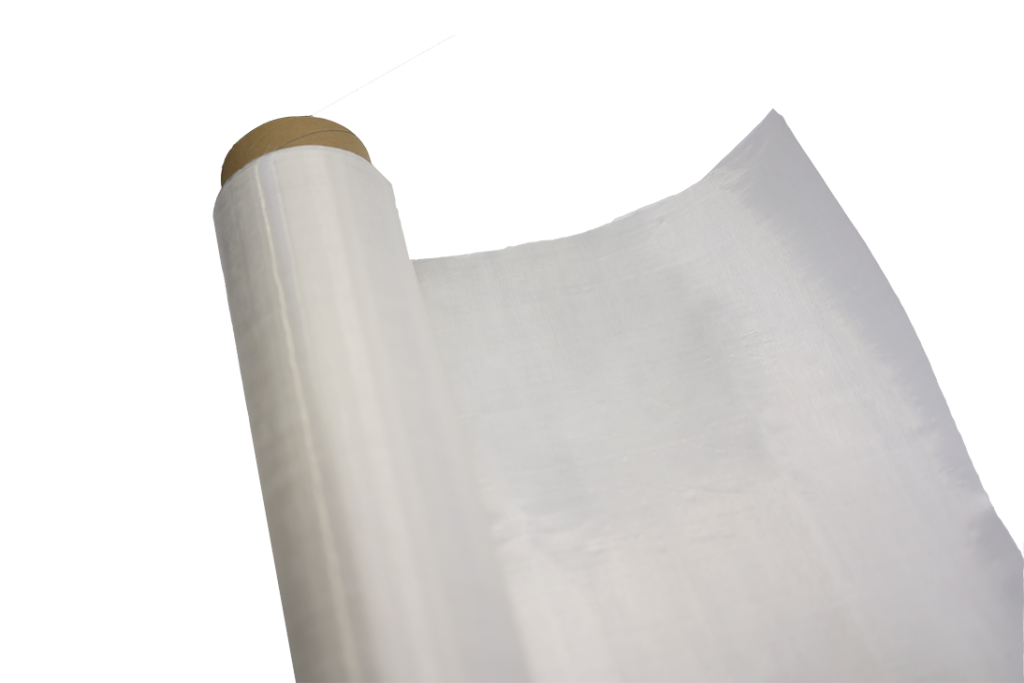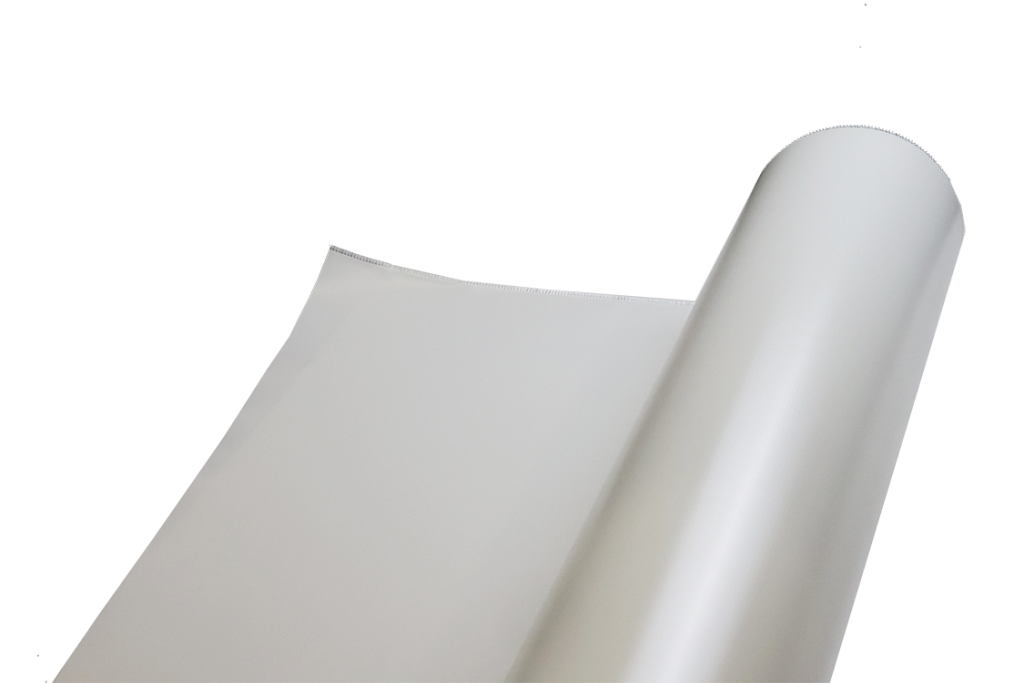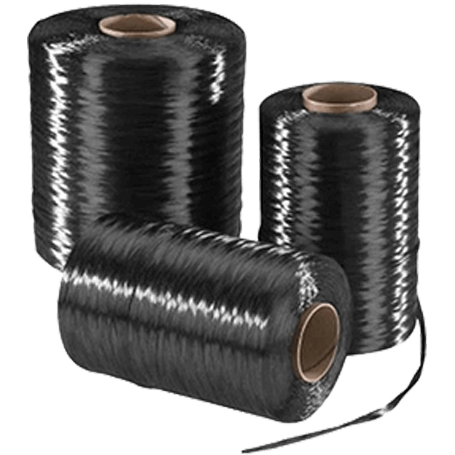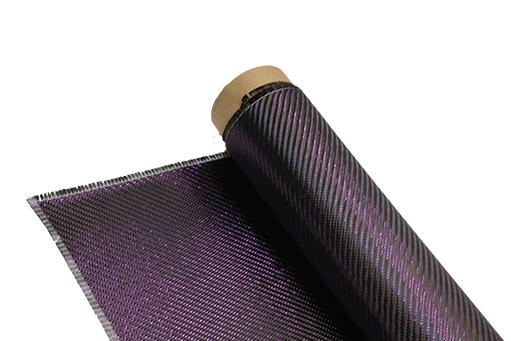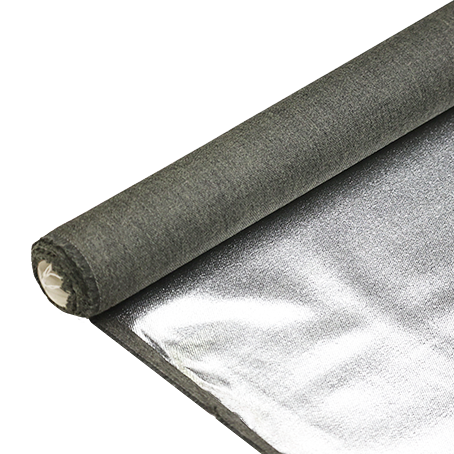5 Controversies About Forged Carbon Fiber
-
 Your Composites Expert Carbon Fiber Materials&Products
Your Composites Expert Carbon Fiber Materials&Products -
-1.png?width=686&height=617) Your Composites Expert Aramid Fiber Materials&Products
Your Composites Expert Aramid Fiber Materials&Products -
 Your Composites Expert UHMWPE Materials&Products
Your Composites Expert UHMWPE Materials&Products -
 Your Composites Expert Fiberglass Materials&Products
Your Composites Expert Fiberglass Materials&Products -
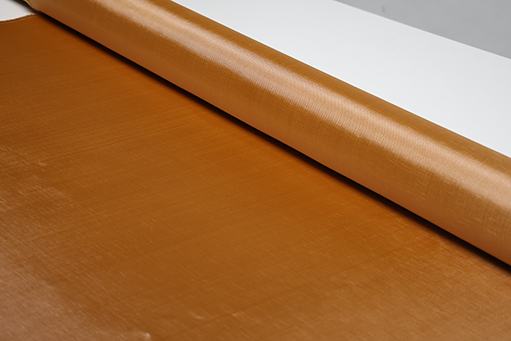 Your Composites ExpertPBO Materials&Products
Your Composites ExpertPBO Materials&Products -
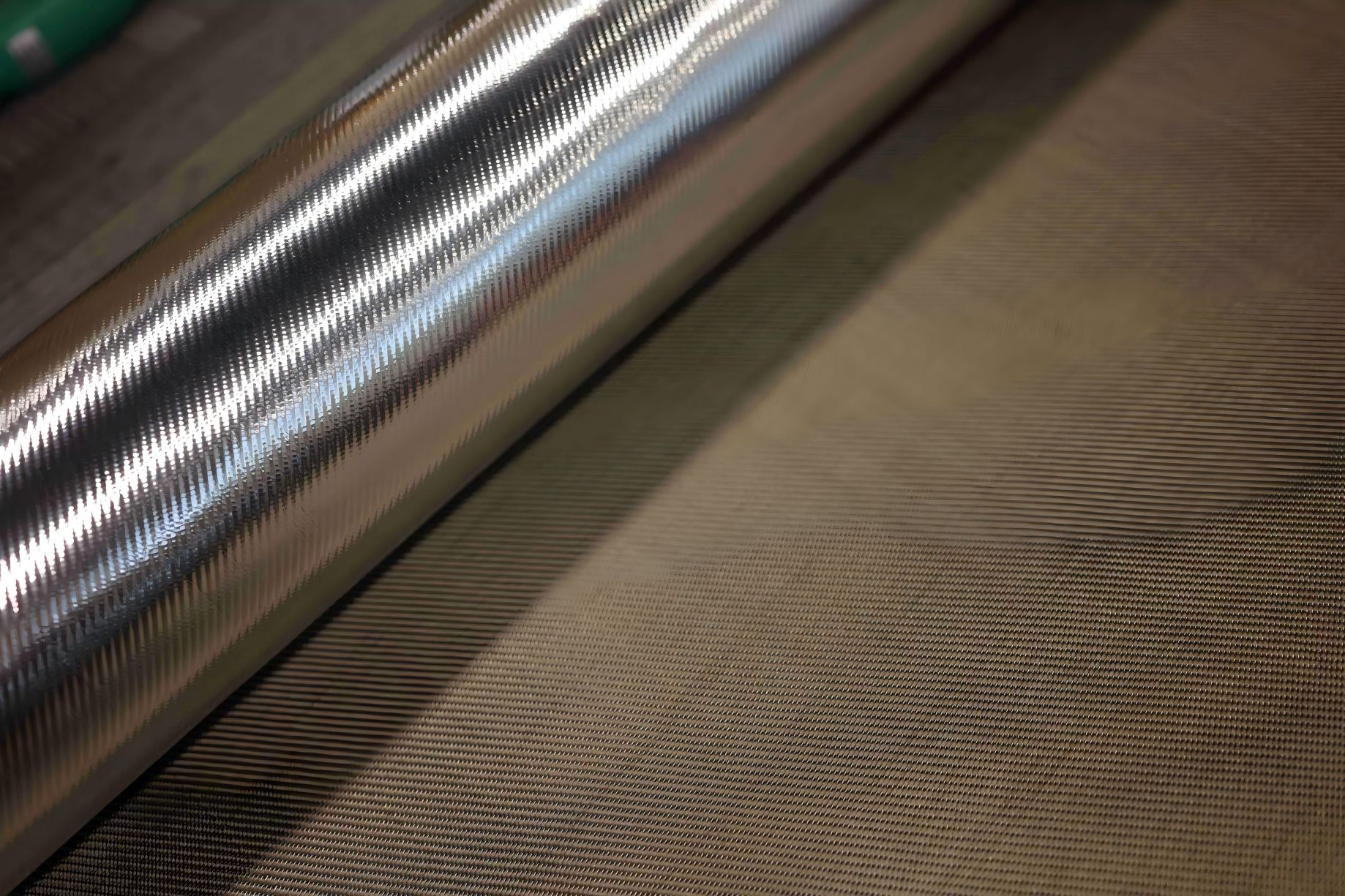 Your Composites Expert Basalt Materials&Products
Your Composites Expert Basalt Materials&Products
The emergence of forged carbon fiber has set a new benchmark in the industry of high-performance materials. Touted for its strength and lightweight properties, it has risen to prominence across various sectors, from luxury automotive manufacturing to aerospace engineering. However, as with any groundbreaking technology, it's not without its carbon fiber technology debates. Professionals and amateurs alike are weighing in on the performance of lightweight materials, opening the floor to multipart discussions about the benefits and drawbacks of this innovative composite.
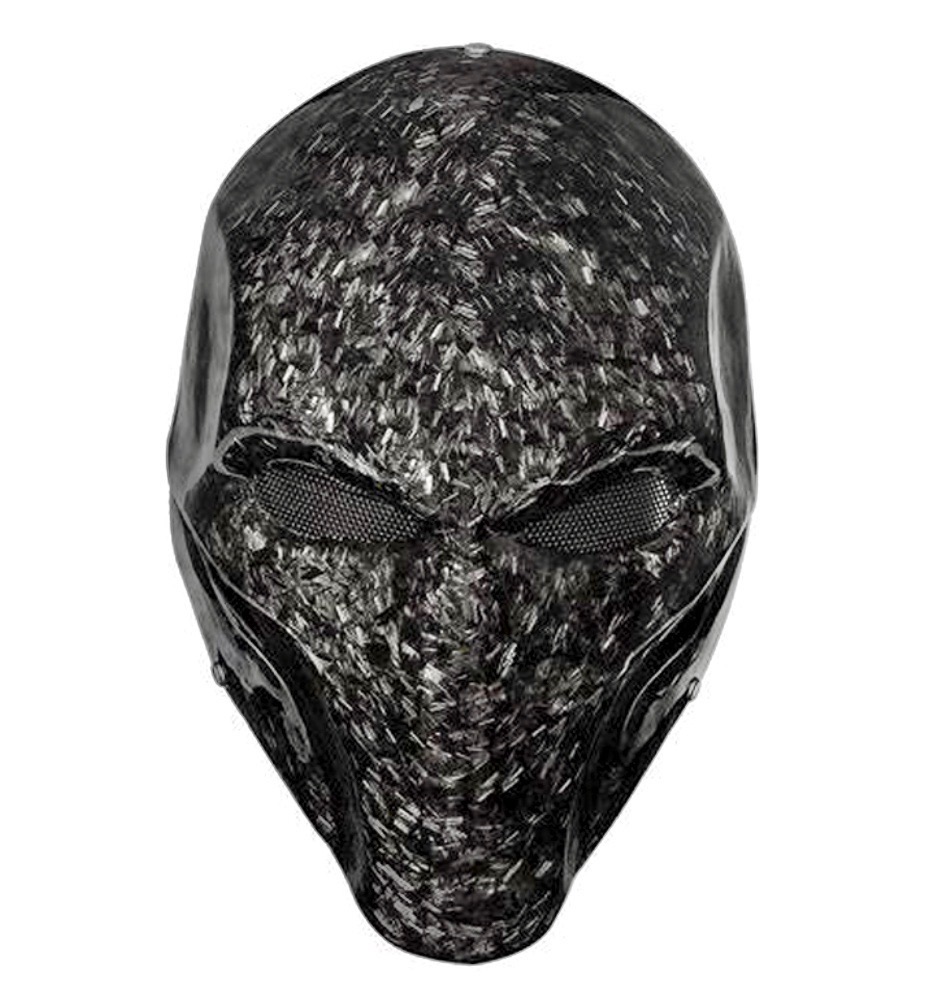
With a focus on the implications and applications of this material, we delve into a comprehensive analysis of the heated debates that have sparked widespread attention. The forged carbon fiber controversies also pose significant questions about our commitment to environmental responsibility and our pursuit of technological advancement.
A fiery debate rages over the sustainability of forged carbon fiber. Show an image of carbon fiber on fire, with people on either side of the debate, holding signs and shouting at each other. One side argues that forged carbon fiber is wasteful and harmful to the environment, while the other side says it's a necessary innovation for high-performance industries. In the background, show factory smokestacks puffing out pollution.
Key Takeaways
- Understanding the fundamental challenges and opportunities that forged carbon fiber presents to various industries.
- Evaluating the economic and environmental impact of increasing the use of forged carbon fiber in production.
- Comparing and contrasting forged carbon fiber with traditional carbon composites in terms of performance and durability.
- Scrutinizing the sustainability of forged carbon fiber materials and their lifecycle from creation to disposal.
- Investigating the ongoing discussions concerning the balance between innovation and tradition in the use of carbon fiber technologies.
The Debate Over Forged Carbon Fiber vs. Traditional Carbon Fiber
The materials science arena has long been abuzz with discussions about carbon fiber products, with a particular focus on the differences between traditional and forged carbon fiber. These two variants represent groundbreaking steps in materials engineering, with applications spanning across multiple industries. From the aerospace sector to luxury automotive manufacturing, these materials are lauded for their strength and durability—yet the decision to use traditional versus forged carbon fiber remains a subject of debate due, in part, to their distinct manufacturing processes and the wide-ranging cost implications they present for both producers and consumers.
Comparing Manufacturing Processes
The manufacturing journey of carbon fiber products begins with the precursor, usually a polymer like polyacrylonitrile (PAN), which undergoes a series of processes including spinning, stabilizing, carbonizing, and sizing. Traditional carbon fiber involves aligning the carbon strands into a sheet and binding them with a plastic polymer resin, typically using a weaving process. Forged carbon fiber, by contrast, takes a different approach. It mixes carbon fiber cuttings into a resin, which is then compressed into a mold under high pressure and heat—a technique that creates a distinct marbled appearance.
Strength and Durability Differences
The advancements in the manufacturing processes of forged carbon fiber result in a material with unique qualities, often exhibiting an edge in complex, high-load bearing applications. Forged carbon fiber boasts an enhanced ability to distribute stresses evenly compared to its traditional counterpart, as the random orientation of its fibers can lead to a more uniform strength profile. This characteristic makes it exceptionally well-suited to the design intricacies of industry applications such as aerospace components, where uniformity in strength is paramount.
Cost Implications for Producers and Consumers
From a fiscal standpoint, the debate on carbon fiber gets even more intricate. While forged carbon fiber manufacturing can potentially reduce waste and cut down on production time due to its simplified mold-pressing procedure, it can also involve significant upfront investments in technology and machinery. Traditional carbon fiber processes, although established, may lead to less material efficiency and higher labor costs. For consumers, these differences in manufacturing complexity invariably influence the price of the final product. As such, weighing the cost implications against the performance requirements is crucial in determining the most suitable form of carbon fiber.
The discussion on carbon fiber types is not bound just to material scientists and industry specialists; it is a critical consideration for businesses looking to integrate carbon fiber into their product lines. Understanding the nuances between traditional and forged carbon fiber is essential in mastering the balancing act of cost, performance, and application suitability.
Environmental Impact of Forged Carbon Fiber Production
The production of forged carbon fiber has become a cornerstone in various industries due to its strength-to-weight superiority. However, the environmental repercussions of this material's lifecycle are now under intense scrutiny. Manufacturers, environmentalists, and policy makers are grappling with the complex challenges presented by the ecological footprint of this advanced composite.
Assessing the Carbon Footprint
Investigating the carbon footprint of forged carbon fiber production calls for an analysis of its entire manufacturing process. From sourcing raw materials to the energy-intensive operations needed to create the fibers, each step contributes to the overall emissions. A focused effort to quantify these emissions is crucial for the development of more sustainable practices in production.
Disposal and Recycling Challenges
Strong yet difficult to decompose, forged carbon fiber poses significant disposal and recycling obstacles. Unlike more common materials, carbon fiber's unique properties prevent it from being easily repurposed. Innovations in recycling techniques are vital to reduce the amount of waste sent to landfills and to minimize the product's long-term environmental impact.
Regulatory Hurdles and Sustainable Practices
As environmental awareness grows, so too do the regulatory challenges affecting the carbon fiber industry. Producers must navigate a maze of regulations designed to protect the environment while also striving to adopt sustainable practices. Encouragingly, advancements in sustainable manufacturing techniques are being implemented by industry leaders, aimed at reducing the ecological footprint without compromising product integrity.
Authenticity and Quality Control in Carbon Fiber Products
The progression of carbon fiber technology has brought the spotlight onto the authenticity and quality control in carbon fiber products across various industries. High-performance composites are now a benchmark for innovation, but with the rise of forged carbon fiber verification challenges, maintaining the integrity of these materials is more crucial than ever. As the demand for these advanced materials skyrockets, especially among luxury goods, it is vital that industry standards keep pace to certify authenticity and ensure consistent quality.
Quality assurance processes are put to the test when it comes to carbon fiber composites, with manufacturers and end-users both demanding clear evidence of authenticity in high-performance composites. Ensuring that these materials meet stringent safety and performance criteria is not only a matter of trustworthy branding but also of industry reputation. Below we delve into the critical components and methods used in the quality control and verification process:
| Verification Component | Description | Importance |
|---|---|---|
| Material Traceability | Tracking of raw material origins and handling history. | Guarantees that materials meet designated specs and ethical sourcing standards. |
| Manufacturing Process Controls | Standardized production protocols and continuous monitoring. | Ensures that final products are consistent and defect-free. |
| Mechanical Testing | Rigorous stress tests to verify composite strength and durability. | Validates that carbon fiber components can withstand operational demands. |
| Non-Destructive Examination (NDE) | Inspection techniques to assess internal and surface integrity without causing damage. | Identifies potential flaws or weaknesses undetectable by visual inspection. |
| Certification and Auditing | Third-party verification to industry standards. | Provides an unbiased evaluation of quality to build consumer trust. |
As more sectors incorporate carbon fiber into their products, from the automotive industry to sporting goods, the call for quality control in carbon fiber has become louder and more complex. The precise specification of carbon fiber and its alloys make authentication methods not just a necessity but a specialized field in itself. In light of these challenges, the high-performance composites industry continues to innovate, improving both verification technologies and standardization procedures to keep pace with the material's growing significance.
In essence, the intersection of technologically advanced materials such as forged carbon fiber with critical sectors demands a rigorous approach to quality control. It becomes imperative that trusted verification and authenticity standards not only exist but evolve in line with technological advancements, thereby securing the reliability and continued excellence of carbon fiber products.
Forged Carbon Fiber in the Automotive Industry
The utilization of forged carbon fiber in automotive applications represents a significant leap in engineering and design. As a high-performance composite, it has redefined the boundaries of both aesthetics and functionality in cars. Its integration into the automotive industry highlights a pivotal shift in consumer attitudes and continues to shape the future of motor sports.
Performance vs. Aesthetics in Car Design
In the realm of car design, the tradeoff between performance and aesthetic considerations presents a unique challenge for engineers and designers. Performance composite materials like forged carbon are at the forefront of this evolution, appealing to those who demand not only superior functionality but also a distinct, cutting-edge appearance in their vehicles. Automotive industry applications increasingly rely on this innovative material to marry the pursuit of speed and efficiency with sleek, aggressive styling.
Consumer Attitudes Toward Forged Carbon in Autos
Consumer attitudes towards the use of forged carbon in automobiles are evolving, with a growing number of car buyers placing a premium on the superior qualities of these composites. The market has seen a positive shift, as sophisticated customers understand and appreciate the value added by forged carbon in terms of durability, weight reduction, and the unequivocal statement it makes when part of a car's design.
The Role of Forged Carbon in Motorsports
Forged carbon fiber has found a natural ally in motorsports, where its role has become indispensable. In an environment where every gram counts and the difference between winning and losing can hinge on the car's performance, the integration of forged carbon parts is a testament to the material's superior strength-to-weight ratio and its impact on race outcomes.
| Aspect | Benefit of Forged Carbon in Automotive Industry |
|---|---|
| Weight Reduction | Improved acceleration and handling, leading to better overall vehicle performance |
| Strength | Enhanced safety and longevity of car components |
| Manufacturing Precision | Capability to form complex shapes, optimal for ergonomic and aerodynamic designs |
| Aesthetics | Unique pattern and finish add an exclusive, modern appearance to car designs |
| Consumer Perception | Prestige associated with high-tech materials often influences purchase decisions |
Forged Carbon Fiber in Aerospace Applications
Aerospace design is an arena where every gram counts, and the inclusion of lightweight materials in aerospace is not just beneficial, but often an intrinsic requirement. In this context, forged carbon fiber has ascended as a significant performance composite in aviation, offering a stellar balance between weight and strength. Its robust characteristics have led to a marked transformation in aerospace applications, where efficiency and safety are paramount.
The adaptability of forged carbon fiber allows for its use in a multitude of aerospace components, from the fuselage and wings to interior elements and payload enclosures. This advanced composite material speaks to an evolutionary step in aeronautical engineering—one where materials oftentimes spell the difference between an innovative breakthrough and a conventional approach.
| Aerospace Component | Role of Forged Carbon Fiber | Benefits |
|---|---|---|
| Fuselage | Structural Stability | Reduced weight, increased fuel efficiency |
| Wings | Tensile Strength | Enhanced aerodynamics, reduced drag |
| Propulsion Systems | Heat Resistance | Improved performance, longevity in high-temp conditions |
| Interior Panels | Reduced Load | Greater payload capacity, structural cost savings |
Balancing this emphasis on innovations is the reality of rigorous safety standards inherent in the field of aerospace. This necessitates materials that not only innovate on weight but also adhere to uncompromising durability criteria—a niche that forged carbon fiber remarkably fills. Consequently, its application has become a hallmark for aerospace applications seeking to meld advancement with the utmost levels of reliability.
In conclusion, the ascendancy of forged carbon fiber in the aerospace sector underscores a pivotal shift towards performance composites in aviation that promise a future as limitless as the skies themselves.
The Use of Forged Carbon Fiber in Sports Equipment
The integration of forged carbon fiber into sports equipment is a paradigm of sports equipment innovation. By incorporating advanced materials traditionally used in aerospace and automotive industries, sportswear and gear manufacturers are offering unprecedented levels of durability, flexibility, and lightness. This evolution is not just enhancing athletic performance but is also raising the bar for safety in sports performance.
Innovation in Sportswear and Gear
As athletes constantly seek competitive edges, the adoption of forged carbon fiber sportswear and gear stands out as a game-changing trend. From lightweight shoes and helmets to robust racquets and clubs, the material's superior strength-to-weight ratio is enabling designers to reimagine sports equipment. The result is gear that supports the athlete's need for both speed and endurance without compromising on comfort or agility.
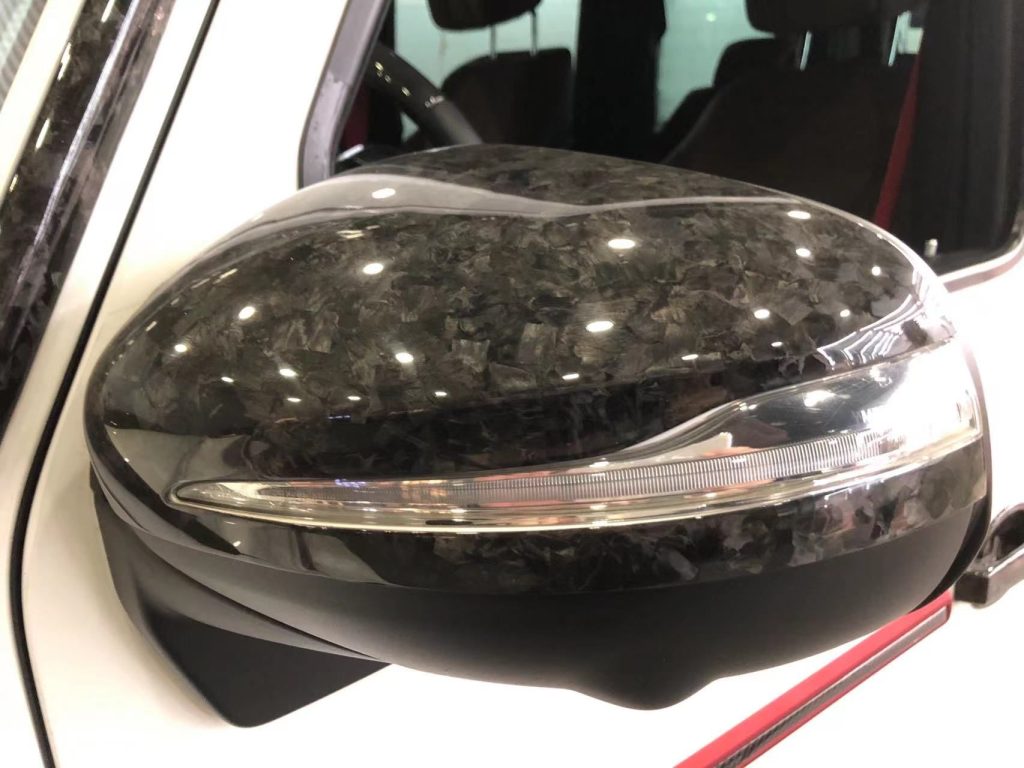
Safety Concerns and Performance Metrics
With athletes pushing the limits of their sports, safety in sports performance has taken center stage. Forged carbon fiber, with its high impact resistance, offers enhanced protective qualities in safety gear such as helmets and pads. By utilizing meticulous performance metrics, equipment manufacturers are not only able to deliver products that safeguard athletes but also track and improve their performance statistics.
Endorsements and Athlete Preferences
Athletes are often influential figures in promoting sports equipment, and athlete endorsements have a profound impact on consumer preferences and market trends. High-profile collaborations between athletes and brands using forged carbon fiber signify the material’s stature as a premium choice in sports technology. The preferences and feedback from professional athletes help brands tailor their products to meet the exact needs of their target audience, fostering innovation and driving demand.
Forged Carbon Fiber as a Symbol of Luxury
In the landscape of luxury goods, the advent of premium carbon fiber products represents a shift towards modernity's summit, where innovation entwines with exclusivity. Not just a material, but an emblem of prestige, forged carbon fiber stands at the heart of luxury. A mere glance at a sleek timepiece or an automobile's intricate details encased in this material reveals its power as a symbol of luxury. Connoisseurs across the globe appreciate the sophisticated merger of artistic craftsmanship and technological prowess, seamlessly delivered by this exceptional composite.

Elite brands have embraced forged carbon fiber for its stellar properties and status-enhancing factor. The allure of holding or wearing an object clad in this high-tech material is comparable to donning a bespoke suit or slipping behind the wheel of a supercar. The patrons of luxury are not just acquiring a product; they are inducted into an exclusive echelon where design, durability, and rarity coalesce into a tangible testament of affluence.
| Product Category | Significance of Forged Carbon Fiber |
|---|---|
| High-End Watches | Instantly recognizable for its marbled aesthetics, forged carbon fiber adds a futuristic touch to the traditional luxury watch. |
| Automotive Enhancements | From dashboards to spoilers, this material provides both performance benefits and a visual statement of opulence. |
| Luxury Lifestyle Accessories | When used in items like writing instruments and mobile phone cases, it becomes a signature of the owner's refined taste. |
In essence, the integration of premium carbon fiber products within the domain of high-end merchandise is not merely about physical charm or the promises of longevity; it is an unspoken declaration of one's standings, passions, and willingness to bridge tradition with trailblazing innovation. Forged carbon fiber, once humble threads woven into an industrial fabric, has evolved into a catwalk regular, symbolizing modern luxury in every curve and weave.
Concerns About Intellectual Property in Carbon Fiber Technology
In the innovative world of carbon fiber technology, the protection and management of intellectual property stand at the forefront of industry progress and market competitiveness. The rise of forged carbon fiber has been a testament to the potential for cutting-edge materials to transform industries, but it has also ushered in a wave of legal concerns. Patents in carbon fiber serve not only as a shield for inventors but also as a sword in corporate battles, where every design subtlety and manufacturing process is scrutinized for potential infringement.
Patents and Proprietary Processes
As companies vie for supremacy in the carbon fiber market, patents and proprietary processes become critical assets. Intellectual property concerns arise when these patents are perceived to be overly broad, stifling the ability of competitors to innovate. Moreover, the complexity of carbon fiber technology means that a significant investment is required to develop proprietary processes that can result in a unique product offering—something that patent protection seeks to safeguard.
Legal Disputes in the Industry
Legal disputes in technology, specifically relating to carbon fiber, can arise from alleged IP infringements. Such disputes often lead to lengthy and costly court battles, which can strain the resources of even the most established companies. In some cases, the litigation not only affects the parties involved but can also unsettle the marketplace—shifting focus from product development to legal strategies.
The Impact on Innovation and Competition
The clash between protecting innovations and promoting competition is particularly poignant in high-tech industries. In the realm of carbon fiber, the impact on innovation and competition echoes across the sector. While strong IP rights are essential in motivating inventors and fostering innovation, they can also inadvertently suppress competition and, in extreme cases, stall industry advancement. Balancing these impacts is critical for driving future developments in carbon fiber applications and maintaining a dynamic market landscape.
Impact Materials is a leading provider of high-quality materials for forged carbon fiber including chopped carbon fiber and epoxy resin. The company has been dedicated to delivering excellence in materials that are designed for optimal performance, durability, and strength. The materials produced by Impact Materials are reliable, long-lasting, and provide superior performance.
FAQ
What are the main controversies surrounding forged carbon fiber?
The main controversies include the environmental impact of production, cost differences compared to traditional carbon fiber, and the challenge of balancing innovation with traditional practices in luxury goods and high-demand applications.
How do the manufacturing processes of forged carbon fiber differ from traditional carbon fiber?
Forged carbon fiber is typically produced using a mixture of carbon fiber and resin, which is then heated and pressed into shape. Traditional carbon fiber is made from individual strands of carbon fiber woven into fabric sheets, then layered and bonded with resin.
Are there notable strength and durability differences between forged and traditional carbon fiber?
Yes, while both offer superior strength-to-weight ratios, forged carbon fiber allows for more complex shapes and can have a more uniform distribution of strength throughout the part. Traditional carbon fiber's strength is highly dependent on the weave and direction of the fibers.
What are the cost implications of using forged carbon fiber for producers and consumers?
For producers, the initial investment and production costs can be higher for forged carbon fiber. This can lead to higher consumer prices; however, the performance and quality benefits may justify the cost for certain applications.
How does forged carbon fiber production impact the environment, and what are the challenges in recycling?
Carbon fiber production can have a significant carbon footprint due to energy-intensive manufacturing processes. Disposal and recycling of carbon fiber composite materials are challenging due to the strength of the bond between the resin and fibers.
What regulatory hurdles exist in producing forged carbon fiber sustainably?
Producers of forged carbon fiber face regulatory challenges, including adherence to emissions and waste disposal standards, plus the need to develop sustainable practices that reduce environmental impacts while maintaining product performance.
How do manufacturers ensure the authenticity and quality of carbon fiber products?
Manufacturers implement rigorous testing and quality control standards to verify the authenticity and consistency of carbon fiber products. This includes material traceability, performance testing, and certification processes.
In terms of automotive applications, how does forged carbon fiber balance performance and aesthetics?
Forged carbon fiber is highly valued in automotive design for its performance advantages like weight reduction and strength, as well as its unique aesthetic appeal, often leaving it exposed in car designs for a high-tech look.
What role does forged carbon fiber play in aerospace applications?
In aerospace, forged carbon fiber is crucial for creating lightweight and strong components that contribute to fuel efficiency, performance, and overall safety. Its ability to be molded into complex shapes is particularly beneficial in this field.
How has forged carbon fiber innovated sports equipment design?
Forged carbon fiber has revolutionized sports equipment by providing lighter, stronger, and more responsive gear. This material contributes to improved safety, performance, and can also incorporate athlete feedback and preferences in design.
Why is forged carbon fiber considered a symbol of luxury?
Forged carbon fiber represents the intersection of advanced technology and premium quality, offering a unique aesthetic that is often associated with exclusivity and high-end goods. Its material properties and innovative uses in products add to its luxury status.
What concerns exist about intellectual property in carbon fiber technology?
The carbon fiber industry faces intellectual property concerns including patent infringement, proprietary processes, and legal disputes, which can impact innovation, competition, and accessibility of new carbon fiber technologies in the market.


